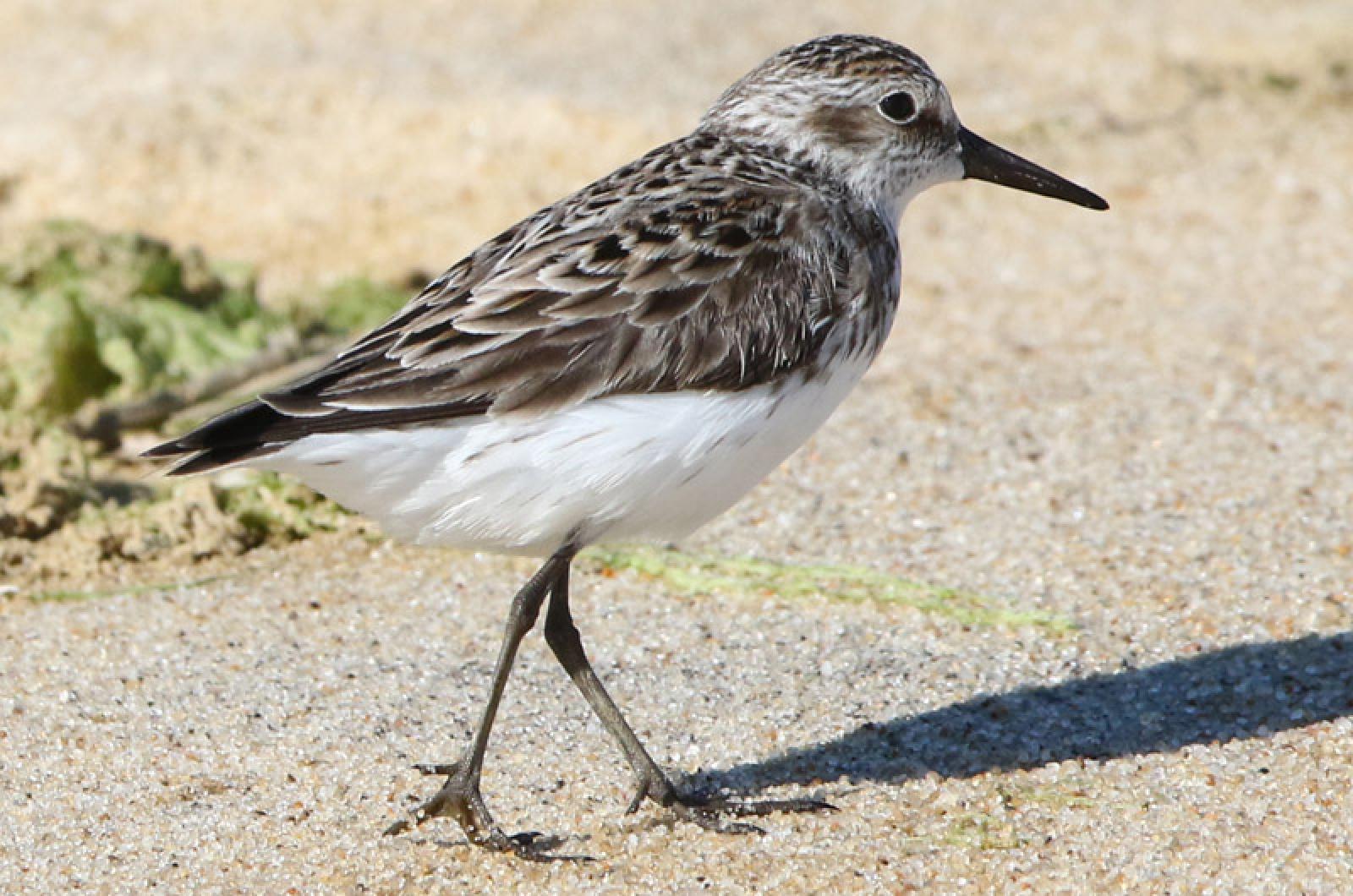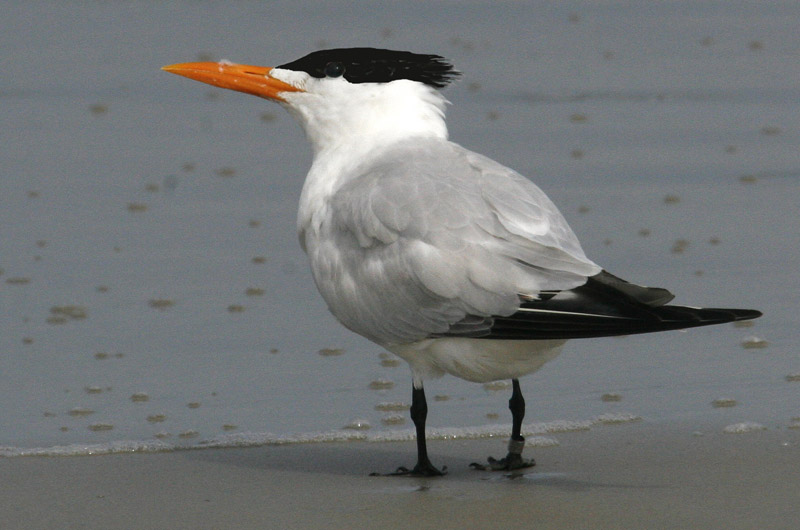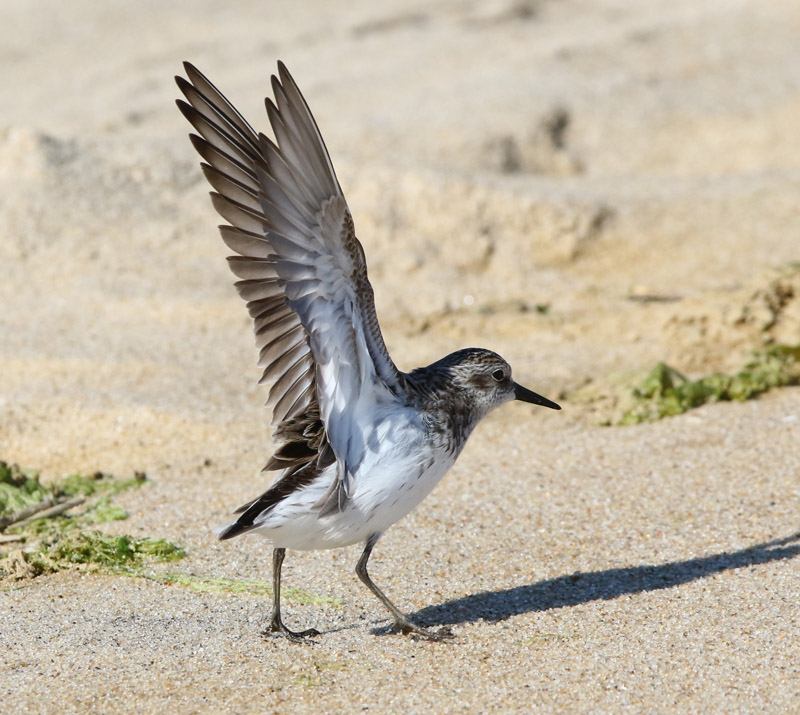Interpreting bird behavior is like a detective show; we are watching a bird’s behavior, so we know who-done-it. But we do not know why they are doing it. And the answers are not always intuitive.
So we see two birds — let’s say red-eyed vireos because they are widespread and incredibly vocal across the Island – singing from adjacent trees. One sings its song, and its neighbor immediately responds by singing exactly the same song. After awhile one makes a slight variation to its song, and again the other follows by copying the same variation. What these two vireos are doing is establishing the boundaries between their adjacent territories. Their songs are also (hopefully) coaxing females into their territories. Think persistence. One vireo was recorded singing 22,197 songs in the 14 hours between dawn and dusk.
Then, a couple of days later, you see one of the vireos carrying a blade of grass or maybe a small twig. It is hard to follow the bird as it is very secretive. Finally, you see her tucking the piece of vegetation into a nest. Ornithologists have discovered that carrying vegetation is sufficient to conclude that the bird is nesting nearby; it is not necessary to actually find the nest.
Birds that nest in cavities have an extra hurdle of getting the vegetation into the nest cavity. My June 4 birding tour saw a one-year-old tree swallow (still brown-backed, just starting to molt into its blue-backed adult plumage) trying to get a piece of grass into a nest box at the state forest headquarters. The three-inch-long blade of grass, held in its beak horizontally, was too long to fit through the one-inch-diameter entrance hole. It dropped the grass after a couple of tries and went to get another blade of grass, which was again too long and would not fit. This comical situation happened five or six times within a few minutes before it finally tilted its head to stick one end of the grass into the box first. Problem solved.
Three weeks later you see one of these vireos carrying a caterpillar. Why does it carry this juicy morsel rather than eating it on the spot? You patiently follow the vireo but it does not go back to its nest. Instead, it stuffs the caterpillar into the beak of a scruffy-looking bird that still is covered with lots of down feathers. The nest was successful and both vireos are feeding their voraciously hungry fledglings. Ornithologists have discovered that carrying food shows that the birds have young, either in the nest or recently fledged. It is not necessary to actually see the parents feeding the young to confirm that they are attempting to raise a family.
Observing these behaviors is not easy. The birds are secretive, as they do not want to reveal the location of their young. If the young bird is near you, the parents may act all distressed and nervous, and may even give up the attempted delivery and eat the bug instead. If you move away from that location, you may see the young bird get fed.
Watching bird behavior is rewarding. Paying attention to small details teaches us about why the birds are doing what they are doing. It keeps us occupied at a time of the year (the nesting season) when birds are more or less settled into routines and there are only a few lingering migrants and even fewer unexpected strays.
Bird Sightings
An unexpected stray, a royal tern, observed by Jeff Bernier on Norton Point Beach on June 10, is this week’s bird of the week. This southern stray breeds as far north as New Jersey. It is regularly seen in the late summer or early fall. My Saturday morning tour got distant views of the royal tern through my spotting scope, a different looking bird within a flock of laughing gulls and smaller terns.
Some arctic-nesting shorebirds are lingering longer than expected. They are supposed to be on their arctic breeding grounds by now, but Norton Point seems to be popular as well. Mr. McDowell found a sanderling and four semipalmated sandpipers on June 9. And my June 11 birding tour recorded a greater yellowlegs and two black-bellied plovers on Norton Point. Interesting that they are not in breeding plumage. Their spring molt is either delayed or will not take place, which may contribute to why they are here and not in the arctic.
Penny Uhlendorf reports that the long-tailed duck — another arctic-nesting species that is not supposed to be here now — is still hanging out by the entrance into Lake Tashmoo as of June 12.
Bobwhite quail are in the news too. Anne Verret-Speck and Barbara Armstrong report a bobwhite in Menemsha on June 8. This species used to be common on the Island but now are quite scarce. Sioux Eagle, Ellen Weiss and Charlie Kernick report hearing them in West Tisbury near Scotchman’s Bridge Lane.
On June 9, Mr. McDowell reports a continuous eastward movement of shearwaters about halfway to the horizon off Norton Point. The ones he could identify (they were a long ways off-shore) were Cory’s shearwaters but there could have been other species as well. The flight lasted for about one hour. On June 13, Rick Karney was surprised to see a brilliant male scarlet tanager in his yard. He believes that the small waterfall in his goldfish pond is why the tanager was attracted to his yard.
It is nesting season now and many birders’ attention shifts to documenting nesting habits. Please be sure to report your sightings to birds@mvgazette.com.
Robert Culbert leads Saturday morning Guided Birding Tours and is an ecological consultant living in Vineyard Haven.







Comments (1)
Comments
Comment policy »